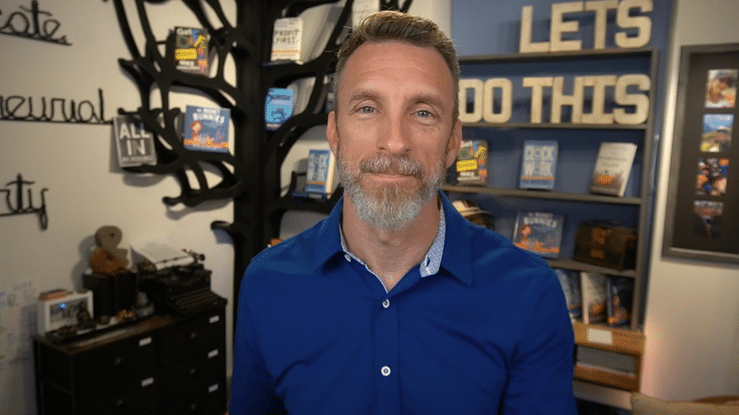
The Problem: Misalignment in company “culture”
Every business owner wants a team that embodies the company’s values and culture, but a lot of us end up with some employees who seem like they’re not in sync with the company’s ethos. This usually starts because employees might be afraid to be themselves, worried about making mistakes, and insecure about their standing within the organization. This fear and uncertainty can stifle innovation, reduce productivity, and erode morale.
Developing a community instead of company culture is a pretty involved topic, and one that you cannot afford to ignore. But for now, here are some CliffsNotes:
The Typical Approach: Top-down culture imposition
A conventional (and silly, in my opinion) approach is to solve this problem by establishing a culture from the top down, dictating values and practices that employees are expected to adopt. This leads to a disconnect, with employees feeling that the talk of transparency and culture is just lip service. They don’t feel genuinely valued or understood, which perpetuates the cycle of insecurity and impersonalization.
A better fix: Foster potential
Instead of imposing a culture, what if you could build a community where the culture emerges naturally from the people who are part of it? This is the disruptive approach that our company prez, Kelsey and I have championed. We know (because we’ve seen it) that understanding employees’ dreams and goals is the key to unlocking potential and fostering a sense of ownership and belonging.
Key action steps:
Understand personal goals: Take the time to learn about each employee’s aspirations and how they align with the company’s objectives. This involves deep, meaningful conversations and genuine interest in their futures.
Tailor communication styles: Recognize that each person has a unique way of communicating. Adapt your interactions to meet them where they are, ensuring that messages are clearly understood and well-received.
Develop personal operations manuals (POMs): Create personalized guides for each employee that outline their roles, goals, and how they can contribute to the company’s success. This personalized touch shows employees that they are valued as individuals. We each have one of these posted near our desks for all to see.
The outcome: A community-first approach
When you intentionally shift the focus from enforcing a top-down culture to building a community, the culture naturally evolves from the collective goals and values of the team. Employees begin to feel a deep sense of ownership, loyalty, and commitment to their jobs, leaders, and the company as a whole.
The Kelsey Story: How my company president created a community.
Kelsey’a model is a prime example of how this approach can transform a workplace. She started having meetings with me in which she explained the vision of creating not just a successful business, but a place where people felt they belonged and could thrive.
How we did it:
Engaging employees: We regularly engage with their team members, holding open forums and one-on-one meetings to understand their personal goals and aspirations.
Building trust: We foster an environment of trust where employees felt safe to express themselves, share ideas, and admit mistakes without fear of retribution.
Personalizing the workplace: We personalized the workplace with touches that resonated with their employees, like an operations manual that included not just company policies but also fun elements like photos of employees’ families and personal anecdotes. This made the manual feel more like a scrapbook of the community rather than a dry corporate document.
By focusing on building a community first, my team and I have established aa workplace that naturally reflects the values and aspirations of their team. This approach not only disrupted the traditional top-down method of culture-building but also resulted in a more engaged, loyal, and committed workforce.
Remember, create an environment where your teams’ personal goals align with the collective goals of the company. The result is a dynamic, thriving culture that emerges organically from a foundation of trust and mutual respect.
You’ve got this!-Mike





